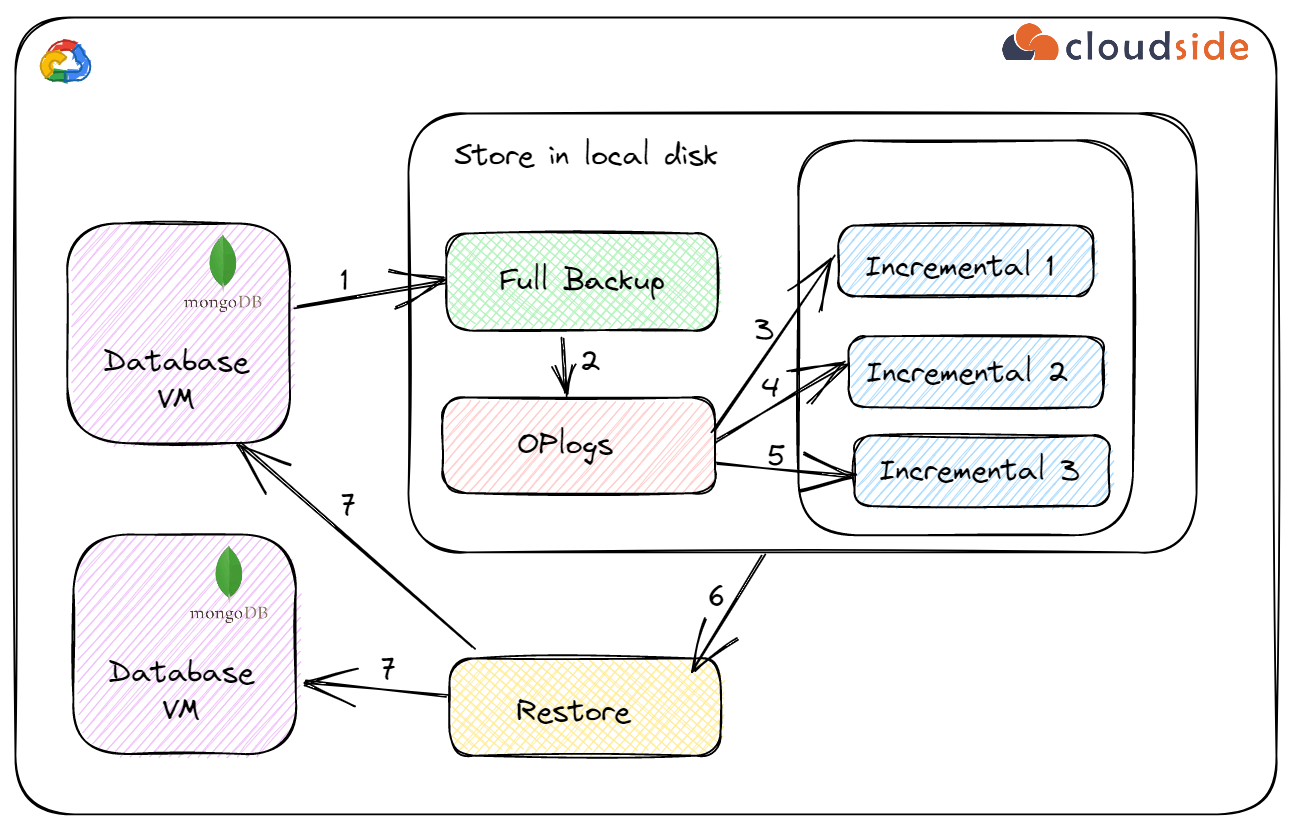Backup and Recovery Database MongoDB
Database backup and recovery are essential components of any database management system, including MongoDB. In this article, we will explore the importance of backup and recovery strategies for MongoDB databases and how to implement them effectively.
Why Backup and Recovery are Important for MongoDB Databases
In today’s digital age, data is a valuable asset for businesses and individuals alike. MongoDB is a popular NoSQL database that is widely used for its flexibility and scalability. However, like any other database system, MongoDB is susceptible to data loss due to various reasons such as hardware failure, human error, software bugs, or cyber attacks.
Having a robust backup and recovery strategy in place is crucial to ensure the continuity of business operations and the protection of valuable data. Without proper backups, organizations risk losing critical information that could be detrimental to their operations and reputation.
Best Practices for MongoDB Backup
When it comes to backing up MongoDB databases, there are several best practices that organizations should follow to ensure the reliability and integrity of their backup data. Some of these best practices include:
- Regularly schedule backups: Set up automated backups to run at regular intervals to ensure that your data is backed up consistently.
- Implement a three-tier backup strategy: Use a combination of full, incremental, and differential backups to optimize backup efficiency and minimize storage requirements.
- Test backups regularly: Regularly test your backups to ensure that they are working correctly and can be restored in case of data loss.
- Store backups securely: Store backups in a secure, off-site location to prevent data loss in the event of a disaster or cyber attack.
Recovering MongoDB Databases
In the event of data loss or corruption, organizations must have a reliable recovery plan in place to restore their MongoDB databases promptly. Here are some key steps to recover MongoDB databases:
- Identify the cause of data loss: Determine the root cause of data loss to prevent the same issue from reoccurring in the future.
- Restore from backups: Use your backup data to restore the database to a point before the data loss occurred.
- Perform integrity checks: After restoring the database, perform integrity checks to ensure that the data is consistent and accurate.
- Monitor for anomalies: Monitor the database for any anomalies or issues that may indicate data corruption or loss.
Conclusion
Backup and recovery are vital components of any database management system, including MongoDB. By following best practices for backup and recovery, organizations can ensure the integrity and availability of their data, thereby safeguarding their operations and reputation. Implementing a robust backup and recovery strategy is essential for minimizing the impact of data loss and ensuring business continuity.
